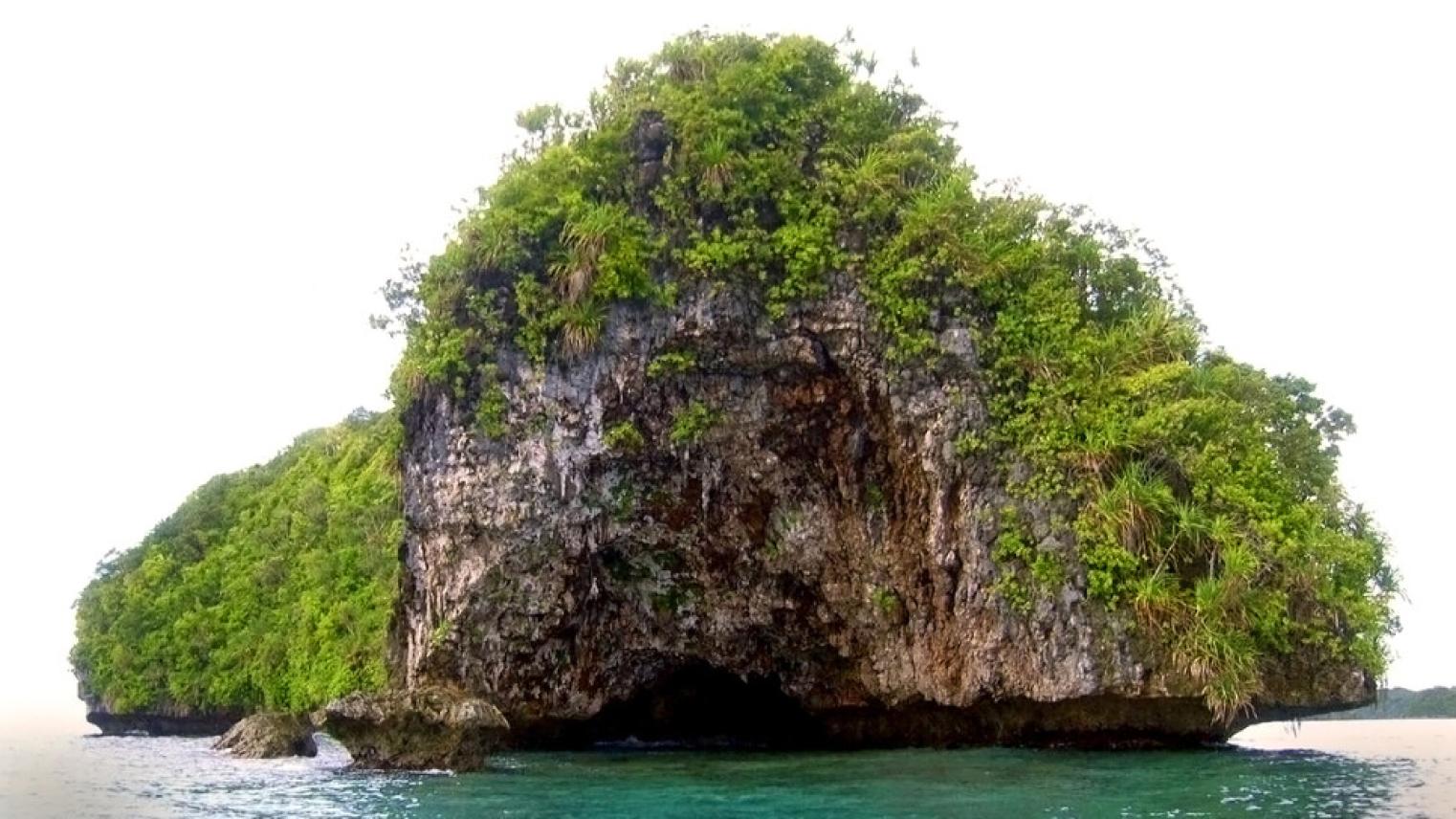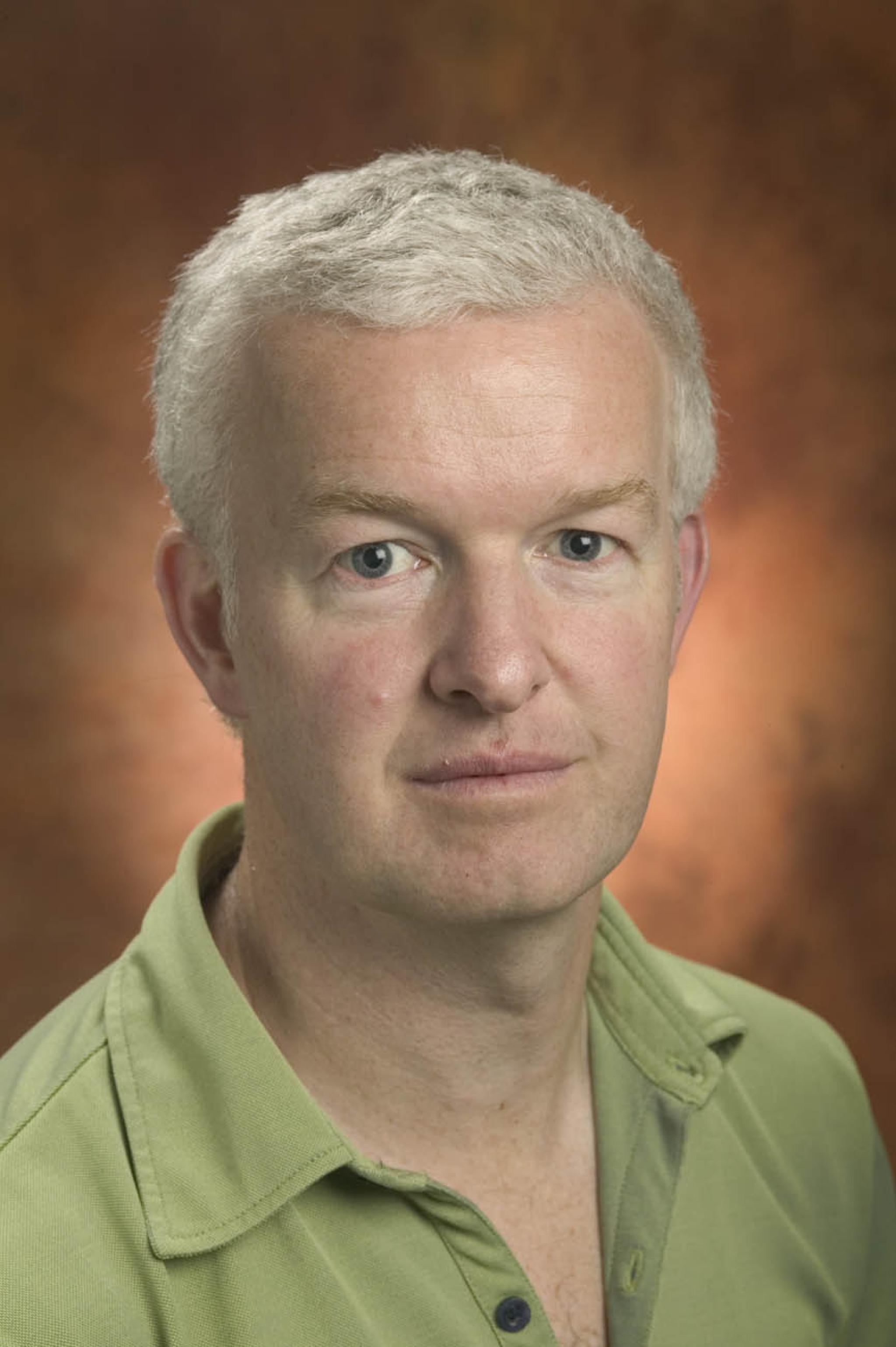Geoffrey is an ARC Future Fellow at the School of Culture, History and Language. He has major archaeology projects in the Central Pacific (Fiji, Samoa and Tonga), Western Micronesia (Palau and the Mariana Islands), and islands in the Indian Ocean.
CAP researchers help protect royal tombs, stonework villages and more in the Pacific Islands

Professor Geoffrey Clark and Associate Professor Christopher Ballard from the ANU College of Asia and the Pacific are working with Pacific Island nations to preserve their beautiful heritage sites, intrinsic to their history, culture and identity.
The communities of Palau, Tonga, Vanuatu and others in the Pacific Islands face problems including ever-increasing extreme weather events, over-tourism, and an under-representation on the World Heritage List.
To address these issues, in 2004, the United Nations Educational, Scientific and Cultural Organisation (UNESCO) invited States Parties to nominate potential sites for the list, sites that are ‘considered to be of outstanding value to humanity.’ The States Parties turned to Professor Clark and Associate Professor Ballard, trusted researchers in the region, to provide evidence on the Outstanding Universal Value of the Sites.
Ballard's work with UNESCO's World Heritage Convention in Vanuatu has since led to a more substantial long-term engagement with the 2003 Intangible Cultural Heritage Convention, developing a suite of policy instruments and training tools on the relationship between local knowledge and disasters, emergencies and now climate change.
Clark, who worked on Tonga and Palau, drew on existing archaeological and anthropological research on relevant sites, as well as conducting new research through on-the-ground survey. In addition to building evidence for the World Heritage nominations, his work supported Management Plans which outline how sites will be protected for future generations.
"Collaboration with individuals, local communities and national government in the Pacific is a crucial part of research and heritage activity including a two-way relationship whereby Indigenous partners come to the ANU and CAP to observe and participate in heritage discussions and scientific documentation," Clark said.
Partnering with communities to protect the Rock Islands Southern Lagoon of Palau
In Palau, the remains of stonework villages, cave burial sites and rock art can be found on the Rock Islands Southern Lagoon, showing evidence of the organisation of small island communities millions of years ago in precarious environments.
But significant development, overtourism pressures and weathering left the site in danger. As part of Clark’s research program, over 30 local community members received training in conservation of all archaeological sites, including stonework villages under threat from wave erosion.
In 2012, the site was inscribed into World Heritage as one of only 35 mixed natural and cultural sites worldwide, and the first Small Island Developing State in the Pacific to be granted a World Heritage place. The listing opened up access to further funding to protect the site, particularly in local climate resilience, ensuring the community can rehabilitate and maintain the site for future generations.
“Professor Geoffrey Clark’s long-term engagement with Palauan communities in the preservation, documentation and promotion of cultural heritage continues to support Palauan identity, economic development, conservation and the safeguarding of tangible and intangible culture for future generations,” said Jolie Liston of Micronesian Heritage Consulting.
Securing World Heritage site status in Vanuatu
In Vanuatu, in 2005, Ballard assisted with the nomination of sites on the islands of Efate, Lelepa and Artok.
With the contributions of College colleagues from the School of Culture, History and Language, and drawing on his own research on historical sources and local oral traditions, Ballard helped these communities secure a successful nomination. The site, collectively known as Chief Roi Mata’s Domain, was inscribed in 2008.
Thanks to the inscription, the ownership and long-term preservation of Chief Roi Mata’s Domain cultural site has been secured, after pressure to sell land to international investors. The World Heritage site is the only site to be independently owned and managed by the Indigenous community associated with it. It is now a platform for opportunity, with resorts, dive and tour operators generating training in the tourism sector and employment for the area.
The Royal Tombs of Tonga
In Tonga, a region severely affected by the impacts of climate change, many stone structures on monumental sites had fallen into disrepair.
Through his archaeological research on the Ancient Tongan State and the Tui Tonga dynasty spanning 12 years starting in 2006, Clark raised awareness on a global scale of the Royal Tombs at Lapaha, the largest group of prehistoric mortuary structures in the South Pacific.
Commissioned by Princess Mele Siu Siu’ilikutapu, Kingdom of Tonga, a scientific report on the Outstanding Universal Value of the Royal Tombs drew on Clark’s research mapping, recording and excavating structures in the ancient capital of Lapaha.
Leveraging his research findings, Clark and community leaders were able to secure funding for the protection of the site, including extensive negotiations to limit damage through contemporary burial practices and creating buffer zones around high value areas.
Thanks to this ongoing archaeological research program, the stone structures were re-erected, and approximately 200 local community members, out of a small population of 2,300 people, were trained in the techniques of structure conservation. Prepared for damage caused by extreme weather and volcanic events, today the local community is empowered with practical solutions for the protection of the site.
“Geoffrey Clark has given our [Tongan] people the idea that we can protect our tombs, not only for UNESCO but for the region documenting our history and our past," said Deputy High Commissioner of the Tongan Embassy (Canberra), Mr Curtis Leonard Tuihalangie.
"Previously our culture was verbal and the problem with that is it changes over time. To have an intellectual researcher from the region using scientific studies to back up information is very important for the people of Tonga."
Learn more about the groundbreaking research initiatives undertaken at the College and their profound impact in the region here.


Associate Professor Christopher Ballard
Chris is a Senior Fellow at the School of Culture, History and Language, at the College of Asia and the Pacific, since 2010. Chris is a historian and archaeologist of the Pacific and New Guinea, with particular interests in Indigenous history and the evolution of cultural diversity in the region, and specific experience in West Papua, Papua New Guinea, and Vanuatu.